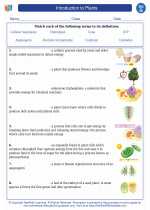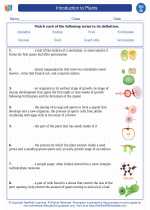Refracting Telescopes
A refracting telescope is a type of optical telescope that uses a lens to gather and focus light. It is also known as a refractor. Refracting telescopes have been used for centuries to observe distant objects in the sky, such as stars, planets, and galaxies. They are popular among amateur astronomers for their simplicity and ease of use.
Components of a Refracting Telescope
A refracting telescope consists of several key components:
- Objective Lens: This is the main lens of the telescope, responsible for gathering and focusing light from the observed object.
- Eyepiece: The eyepiece is a smaller lens that magnifies the focused image produced by the objective lens, allowing the observer to see a larger and clearer image.
- Tube: The tube provides a structure to hold the lenses in place and to protect them from dust and moisture.
- Mount: The mount is the support structure that allows the telescope to be pointed in different directions and to track the motion of celestial objects.
How Refracting Telescopes Work
When light from a distant object enters the objective lens of a refracting telescope, the lens bends or refracts the light, causing it to converge at a focal point. The eyepiece then magnifies this focused image, allowing the observer to see the details of the distant object. The larger the objective lens, the more light it can gather, and the greater the magnification that can be achieved.
Advantages and Limitations
Refracting telescopes have several advantages, including:
- Simple and easy to use
- Low maintenance
- Produce high-contrast images
However, refracting telescopes also have limitations, such as:
- Chromatic aberration: This is the tendency of lenses to focus different colors of light at slightly different points, leading to color fringing in the observed image.
- Cost and size limitations for large aperture telescopes
- Susceptibility to lens defects and imperfections
Study Guide
If you are studying refracting telescopes, here are some key topics to focus on:
- Understanding the basic principles of light refraction and how lenses work to focus light.
- Exploring the functions of the objective lens and the eyepiece in a refracting telescope.
- Comparing the advantages and limitations of refracting telescopes compared to reflecting telescopes.
- Learning about the history of refracting telescopes and their contributions to astronomy.
- Examining the different types of mounts used for refracting telescopes and their importance in tracking celestial objects.
By mastering these topics, you will develop a solid understanding of refracting telescopes and their significance in the field of astronomy.
.◂Biology Worksheets and Study Guides High School. Introduction to plants

 Worksheet/Answer key
Worksheet/Answer key
 Worksheet/Answer key
Worksheet/Answer key
 Vocabulary/Answer key
Vocabulary/Answer key
 Vocabulary/Answer key
Vocabulary/Answer key
 Vocabulary/Answer key
Vocabulary/Answer key
 Vocabulary/Answer key
Vocabulary/Answer key
 Vocabulary/Answer key
Vocabulary/Answer key
